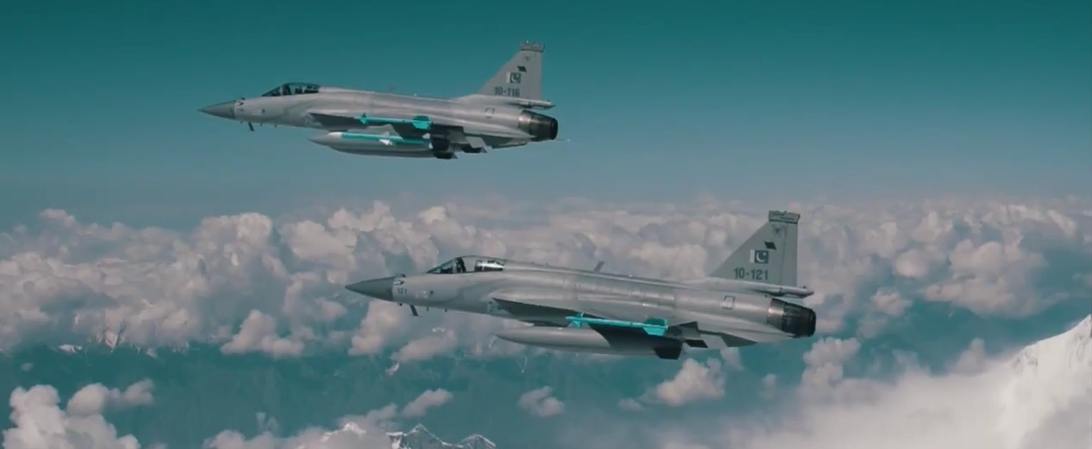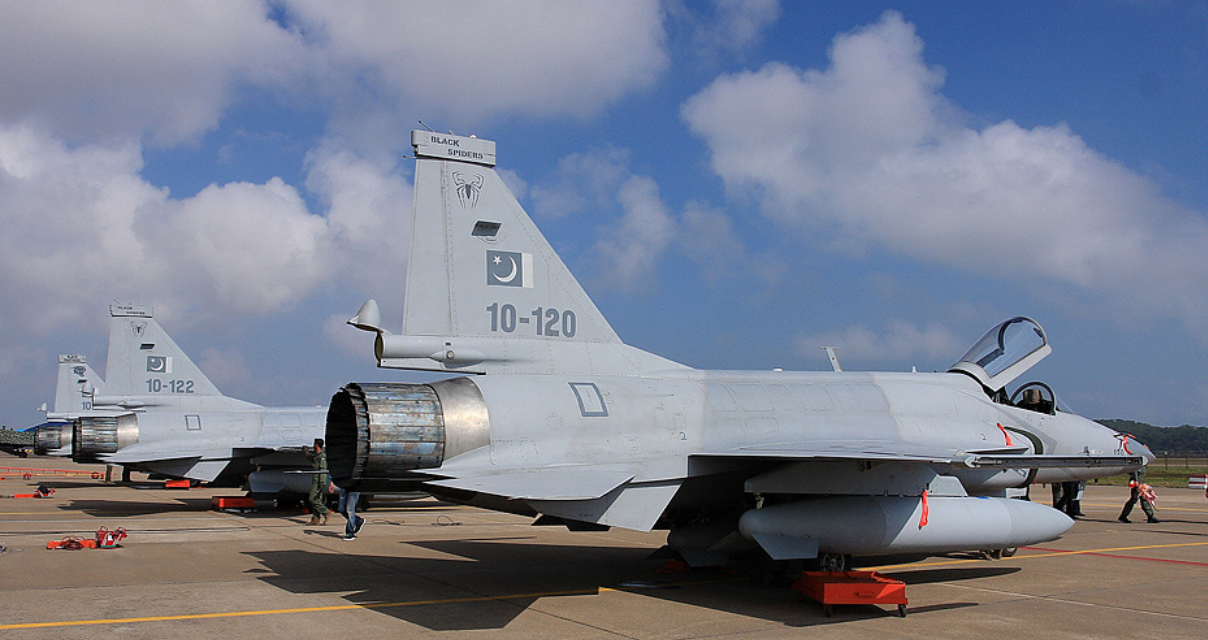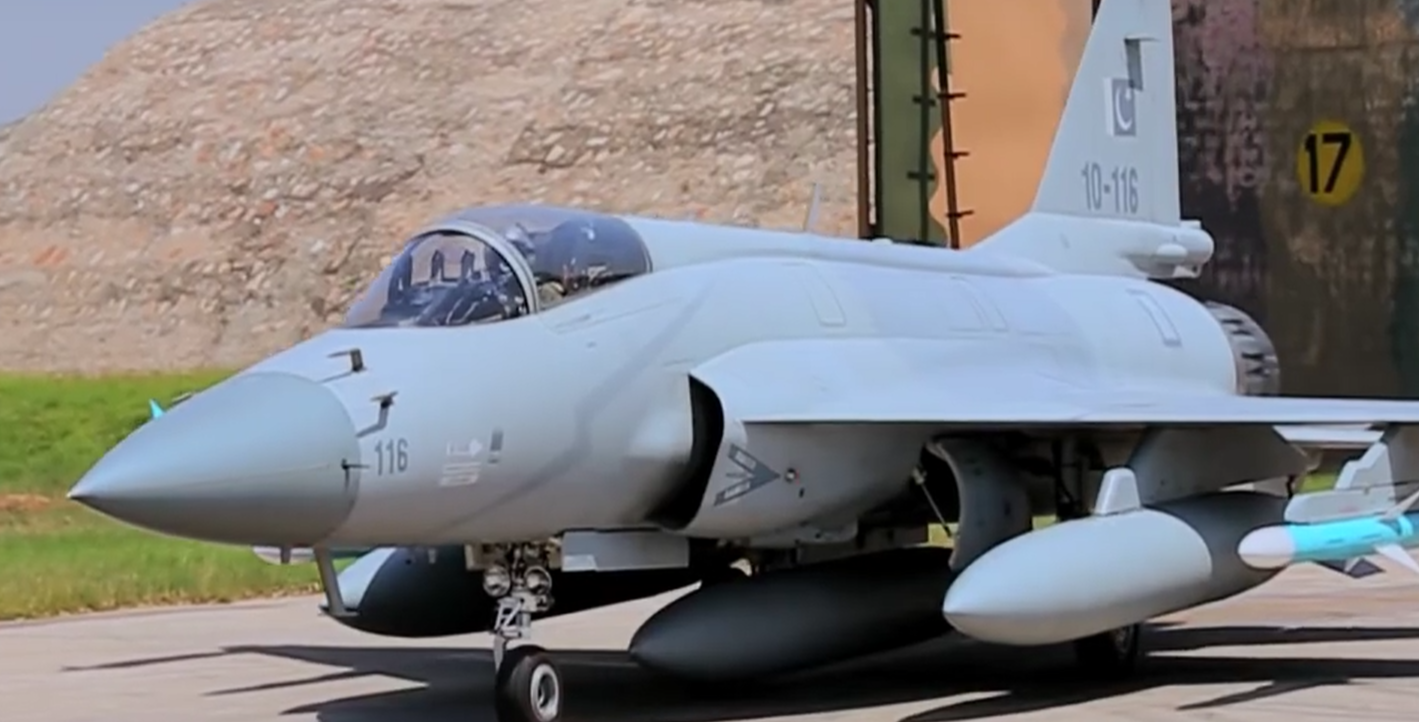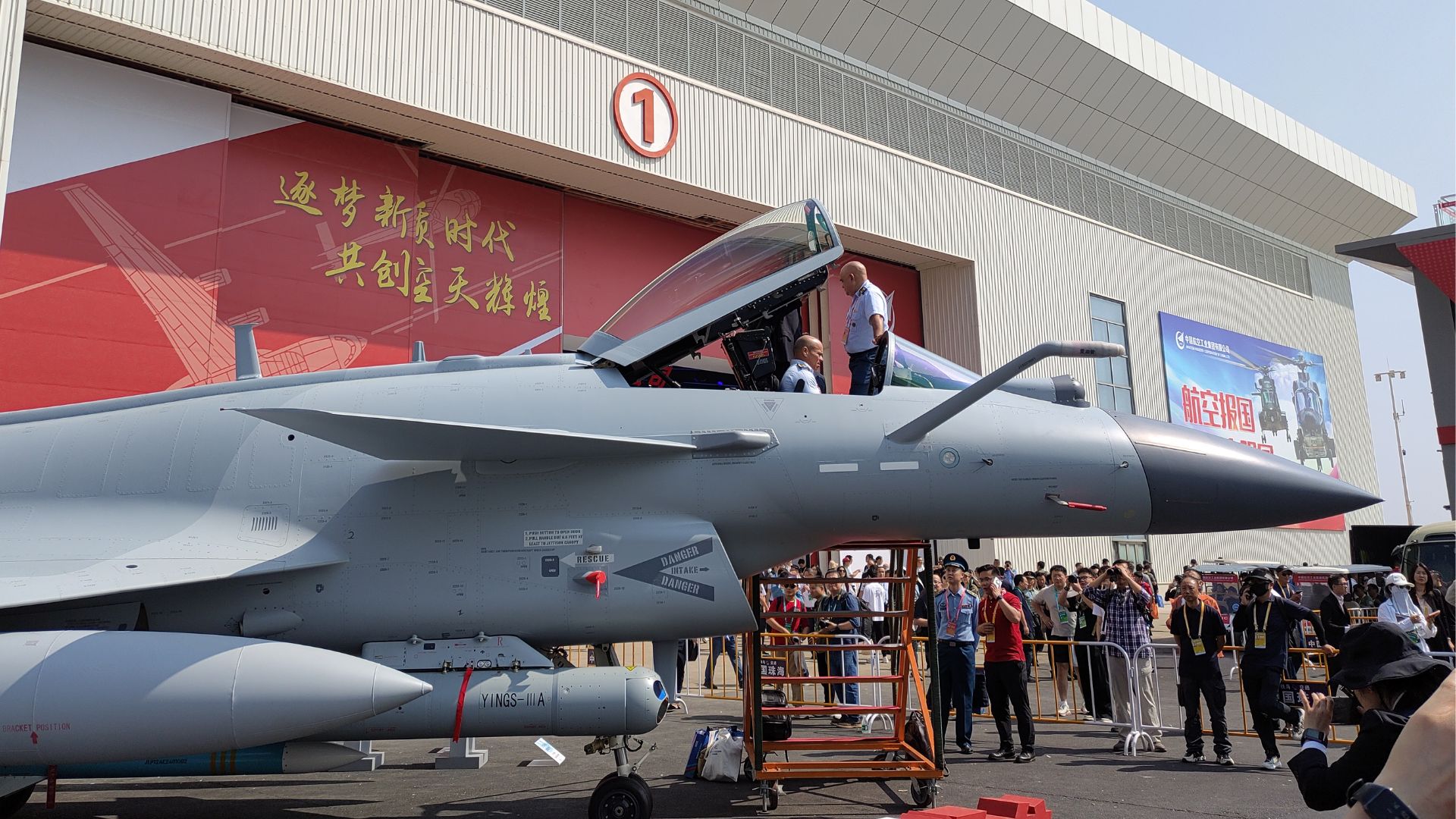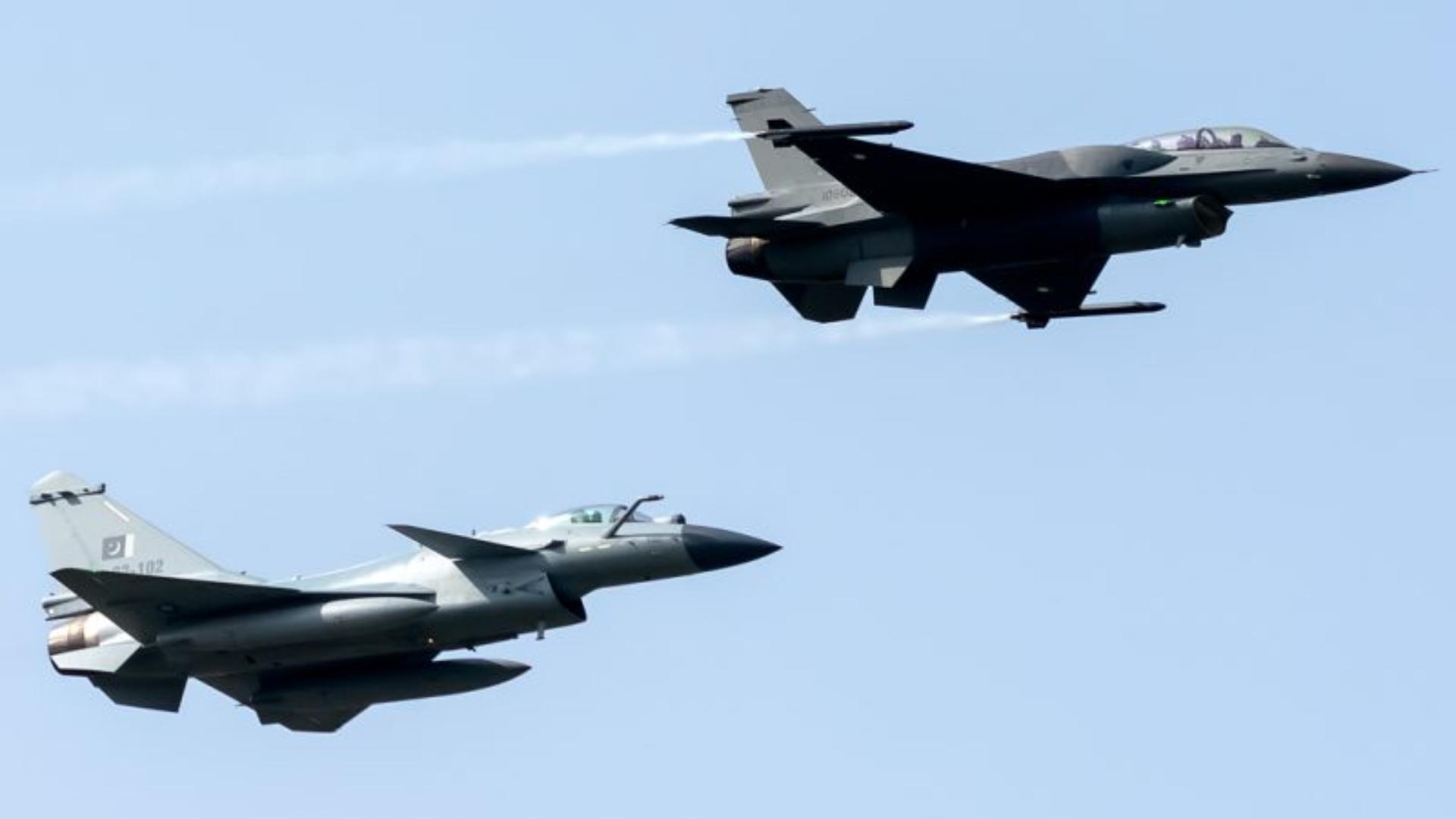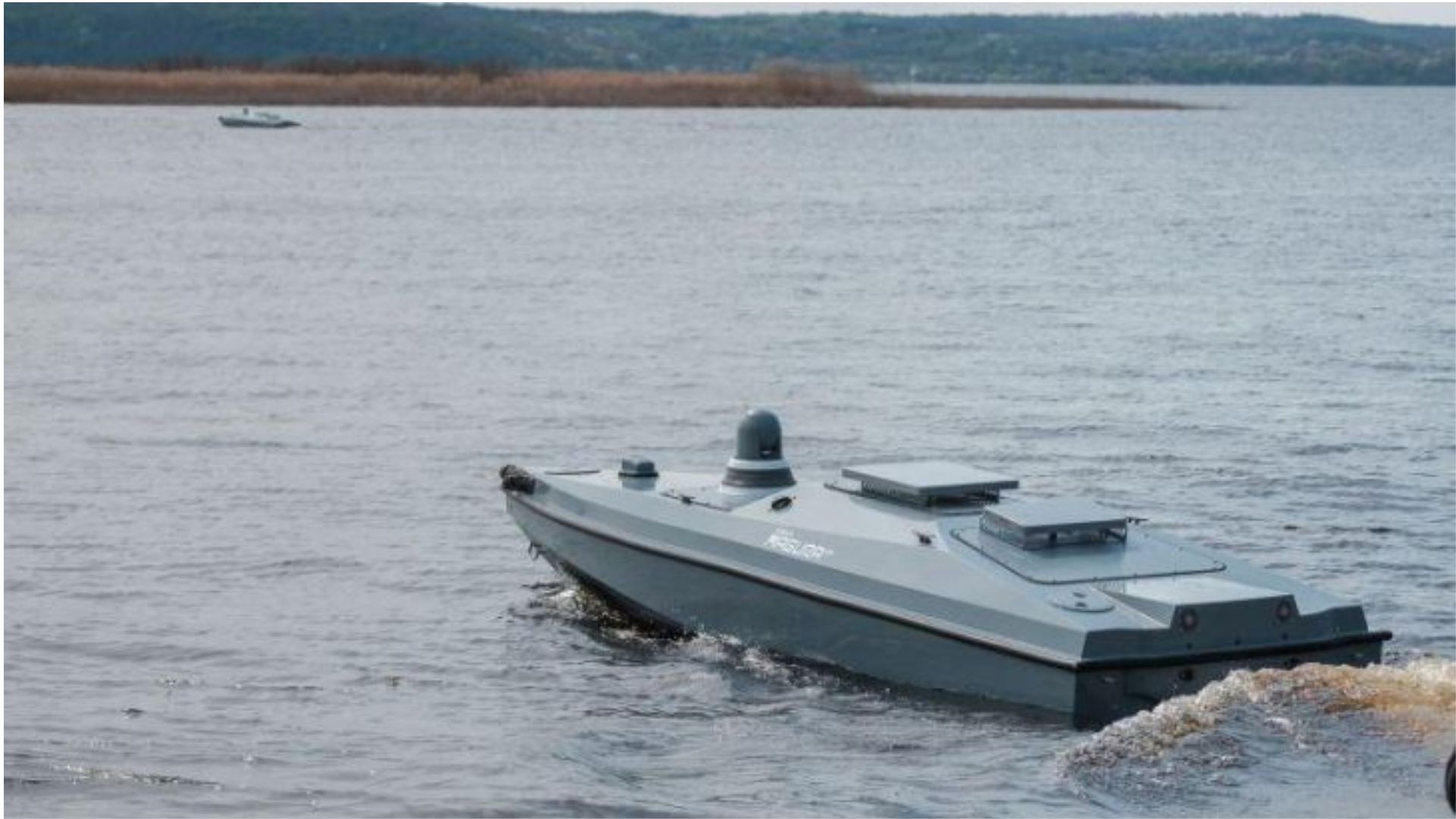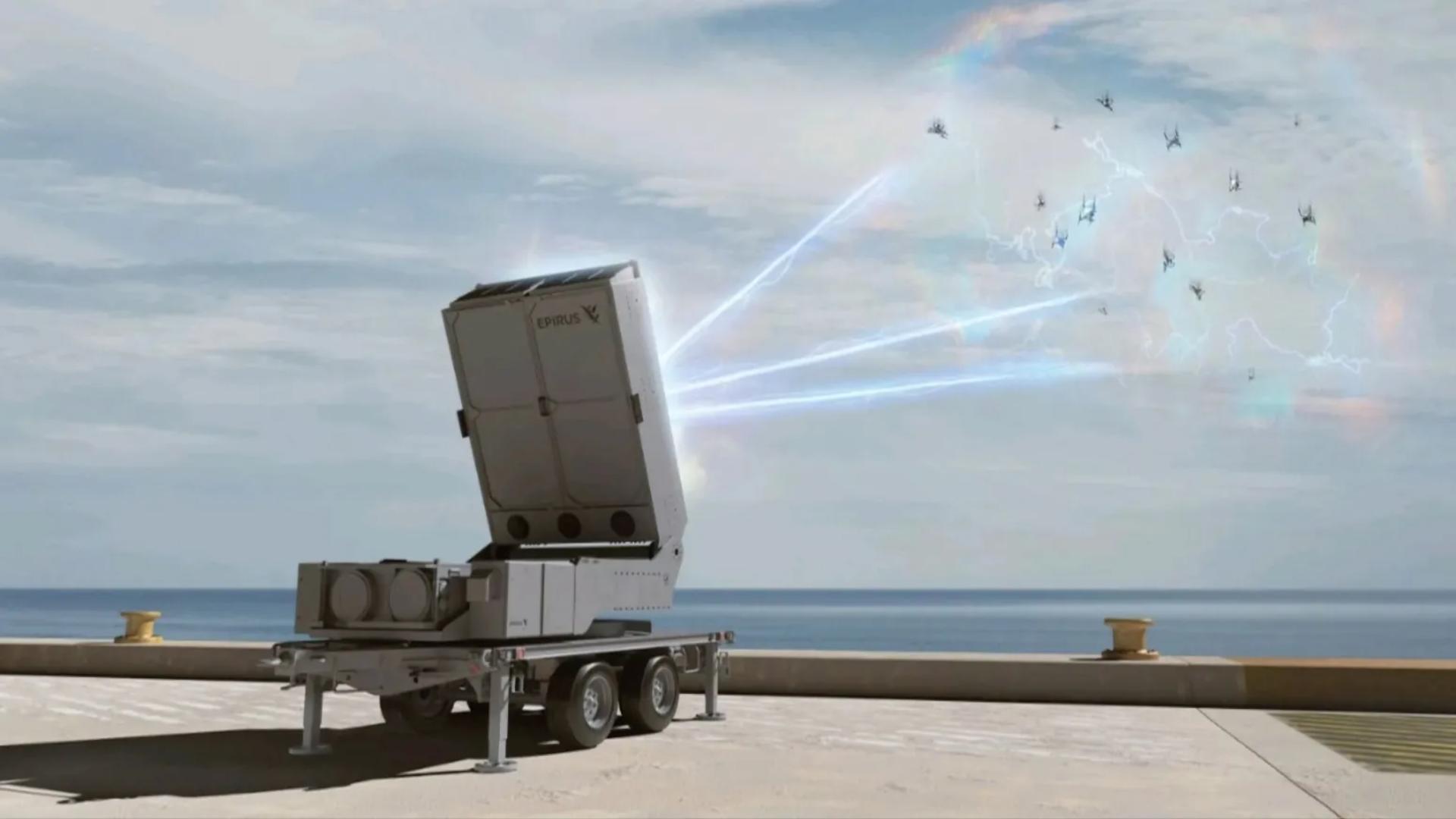The information below will not be new to most Pakistani defence enthusiasts, especially those following the development of the JF-17 Thunder, the Pakistan Air Force (PAF)’s new mainstay multi-role fighter. That said, all of what you are about to read on this…
